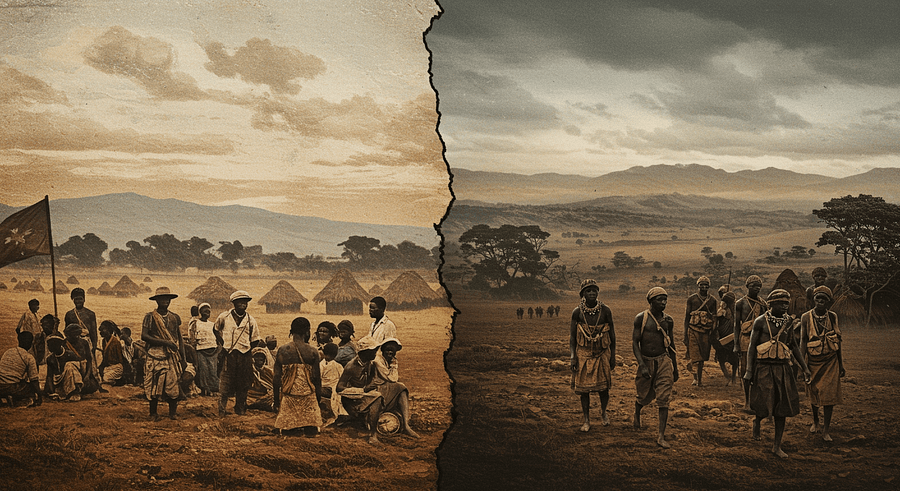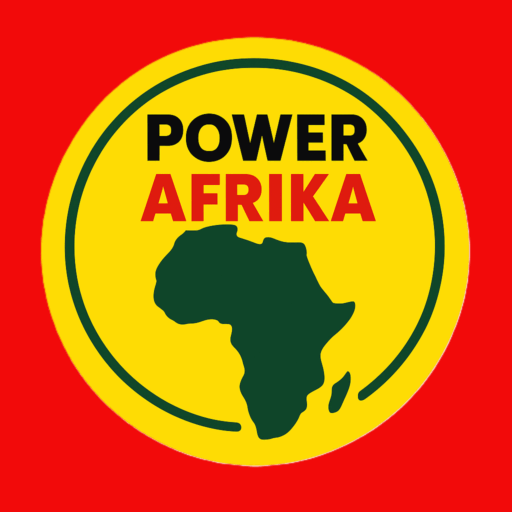
The evolution of the conflict in eastern Congo is a complex narrative that spans decades, shaped by historical injustices, political manoeuvrings, and relentless economic interests. To understand the modern unrest, one must first examine the intermediate developments that followed the era of colonial domination. The story begins in the late 19th century when European colonial powers, primarily Belgium, Britain, and France, redrew the map of Central Africa to serve their own ambitions. These powers imposed systems of governance that deliberately fractured indigenous communities, exploiting natural resources and engineering divisions along ethnic lines. Such policies not only undermined local systems of authority but also created a legacy of mistrust and competition—a legacy that has continued to influence the region long after independence.
In the Democratic Republic of Congo (DRC), the brutal exploitation under King Leopold II of Belgium is a stark example of colonial abuse. Colonial administrators restructured local economies to extract rubber, minerals, and timber, often employing coercive labour practices that devastated traditional communities. Indigenous governance structures were replaced by systems designed solely to benefit the colonisers, and ethnic differences were amplified as a means of control. These early practices sowed the seeds of discord that have later been manipulated by various actors in the region.
The colonial legacy in eastern Congo is also deeply intertwined with the events following the 1994 Rwandan genocide. The massacre of Tutsis in Rwanda forced hundreds of thousands of refugees to flee into eastern Congo, creating a demographic shift in an already fragile region. Among these refugees were many ethnic Tutsis, whose arrival exacerbated long-standing tensions and provided a pretext for the emergence of armed groups. One of the most notorious of these is the rebel faction known as M23. Emerging in the mid-2000s, M23 has been at the forefront of the conflict, claiming that its actions are driven by a need to defend ethnic Tutsis and Congolese of Rwandan origin from systemic discrimination. Their narrative, however, is complex; while they insist that their goal is ethnic protection, many analysts contend that M23’s operations are also heavily motivated by the lucrative control of mineral resources.
The mineral wealth of eastern Congo is immense. Rich deposits of coltan, copper, cobalt, and gold lie beneath the surface, attracting both legitimate mining ventures and illicit activities. Rebel groups such as M23 have capitalised on this wealth, financing their operations through the control of these resources. The profits generated from these minerals are substantial, ensuring that the conflict is sustained by economic gains that benefit not only the rebels but also multinational corporations and neighbouring states. In many respects, M23’s ability to secure resources has enabled them to maintain a steady flow of arms and support, making the conflict self-perpetuating. Although M23 publicly declares that they are fighting for the rights of marginalized ethnic communities, it is evident that their actions also serve the purpose of controlling wealth and gaining political leverage in the region.
As the years passed into the late 1990s and early 2000s, the situation in eastern Congo became increasingly volatile. Periods of relative calm were punctuated by violent clashes, ceasefires, and subsequent escalations. During this intermediate phase, modern weaponry and external military support began to alter the nature of the conflict. Rwanda has been a recurrent factor, with reports indicating that it has provided military assistance to M23. Rwandan officials argue that such support is meant to protect ethnic kin and address historical grievances stemming from the genocide, yet many observers see this involvement as a strategic effort to secure influence and access to the region’s mineral riches.
External actors are not the only ones benefiting from this conflict. Neighbouring countries and international interests have also found ways to profit from the chaos. Some states facilitate the smuggling and trade of minerals, while others leverage the situation to negotiate favourable economic deals. The conflict has become a battlefield where the legacy of colonial exploitation meets contemporary greed. Rebel groups like M23 earn significant revenue through the control of mining areas, and this money, in turn, fuels further violence. Such economic incentives create a vicious cycle: the more resources are extracted, the greater the incentives for armed factions to continue fighting, and the more entrenched the instability becomes.
The humanitarian toll during this intermediate period has been devastating. Communities in eastern Congo have endured enormous suffering as thousands of civilians have been displaced and local infrastructure has crumbled under the weight of continuous conflict. Reports of summary executions, abductions, and other human rights abuses have surfaced repeatedly. In areas where M23 has taken control, civilians have experienced significant loss of life and disruption to their livelihoods. The chaos has also led to a breakdown in traditional social structures, leaving communities without the support networks that once held them together. The impact on the population is not merely physical; it is also a profound disruption of cultural continuity and social cohesion.
This phase of the conflict presents a dual narrative. On one hand, M23 and similar rebel factions assert that they are acting to protect their ethnic communities from historical and ongoing discrimination. They claim that their struggle is a defensive measure—a response to the systemic neglect and marginalisation that has plagued the region since colonial times. On the other hand, there is substantial evidence that economic ambitions play a significant role in sustaining the conflict. The battle for control over eastern Congo’s mineral wealth is a powerful incentive that has attracted external support and intensified internal divisions. These dual motivations—ethnic defence and economic exploitation—are deeply intertwined, making it difficult to separate one from the other.
Throughout the intermediate phase, the international community’s response has been cautious and fragmented. Global organisations such as the United Nations have repeatedly called for dialogue and the establishment of peace agreements, yet concrete measures have been elusive. Diplomatic efforts have often been stymied by competing interests among key regional and international players. Some nations have advocated for the withdrawal of foreign military support and the establishment of an inclusive dialogue, while others have preferred to maintain a policy of strategic ambiguity that allows them to benefit from the ongoing instability.
In examining the evolution of the conflict, it becomes clear that the current state of violence in eastern Congo is not a sudden or isolated development. Instead, it is the culmination of a long process marked by colonial exploitation, ethnic division, and economic greed. M23, as one of the most prominent rebel groups, stands as a symbol of this tragic convergence. Their rise is deeply rooted in historical grievances and the manipulation of ethnic identities, yet it is also propelled by a very modern pursuit: the control of valuable resources that fuel global markets. This duality illustrates the multifaceted nature of the conflict—a conflict that continues to draw in local communities, neighbouring states, and international actors.
Understanding these intermediate developments is crucial for anyone wishing to learn about the conflict in eastern Congo. The history of the region teaches us that modern instability is often a direct descendant of colonial policies and that economic exploitation can reinforce and even intensify ethnic divisions. By analysing the evolution of events—from the disruptive colonial legacy to the strategic maneuvers of groups like M23—we gain insight into how historical injustices persist in contemporary society. This knowledge is essential for fostering a comprehensive understanding of the conflict and for formulating policies that address its root causes.
The intermediate developments in eastern Congo offer an important lesson on the nature of conflict. They reveal how the interplay of historical injustice and economic self-interest can create a situation where multiple actors benefit from sustained instability. Rebel groups, by controlling access to mineral wealth, generate the funds necessary to maintain their military campaigns. External states, through strategic support and economic deals, secure their own interests at the expense of local stability. In this environment, the human cost is enormous, and the prospects for peace remain uncertain.
In conclusion, the intermediate phase of the eastern Congo conflict is a critical bridge between the colonial past and the present-day crisis. It is characterised by escalating violence, the strategic involvement of external actors, and a relentless struggle for economic control—particularly through the actions of M23. This period has shown that the conflict is not merely about local grievances; it is a complex tapestry woven from the threads of colonial exploitation, ethnic division, and modern economic ambition. For students and readers alike, understanding these connections is essential for comprehending why the conflict endures and who ultimately benefits from its continuation. Only by addressing these intertwined factors can lasting peace and stability be achieved in eastern Congo.
